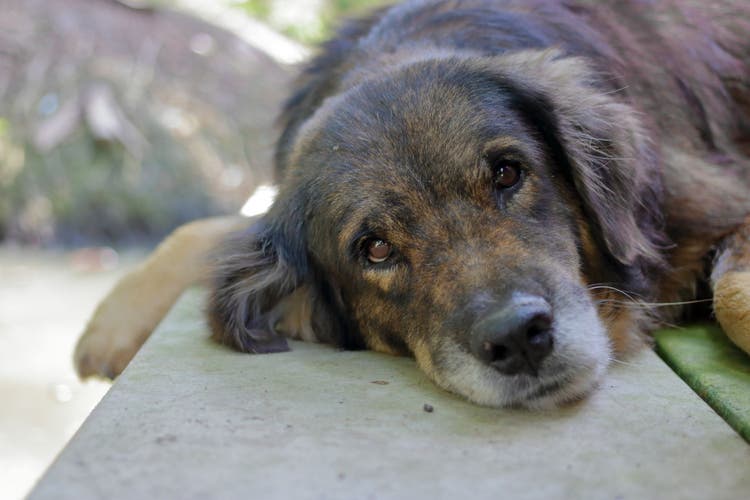
Ecstasy (MDMA) Toxicity in Dogs
Overview of Ecstasy (MDMA) Toxicity in Dogs
Ecstasy is becoming one of the new fashionable illicit drugs in pop culture. Unfortunately, as the popularity of drugs grows, so does the incidence of dog exposure. If not stored away safely, or better yet avoided, your dog may ingest some of these drugs and may become seriously ill. When ingested in high enough quantities and when medical treatment is delayed or withheld, pets often die of ecstasy ingestion.
Ecstasy, also known by various street names such as XTC, Adam, MDA, is chemically related to other amphetamines. The chemical name is 3,4-methylenedioxymethamphetamine (MDMA). Amphetamines, including MDMA, stimulate the central nervous system.
After ingestion, signs of toxicity generally develop within one to two hours and last longer in dogs than in humans due to the animal’s inability to metabolize the drug.
What to Watch For
Signs of ecstasy (MDMA) toxicity in dogs may include:
- Hyperactivity
- Restlessness
- Drooling
- Tremors
- Staggering
- Seizures.
- If no treatment is given, coma and death ensue
Diagnosis of Ecstasy (MDMA) Toxicity in Dogs
Amphetamine products can be detected in the blood, urine and saliva, but these tests may be cost-prohibitive for some people. Typically, diagnosis is made on a history of exposure to MDMA and characteristic physical exam findings of hyperactivity, increased heart rate, elevated temperature and increased blood pressure.
Your veterinarian may recommend a complete blood count (CBC) and biochemical profile to rule out other causes of illness and make sure there has not been any organ damage.
Treatment of Ecstasy (MDMA) Toxicity in Dogs
There is no specific antidote to MDMA toxicity. Treatment is supportive and aimed at helping the body recover from the toxicity and treat the problems the drug causes. Expect your veterinarian to recommend hospitalization with intravenous fluids.
If ingestion was witnessed, your veterinarian may recommend inducing vomiting in an attempt to remove some of the drug. Once at the veterinary hospital, activated charcoal may be given to bind the drug and prevent further absorption in the stomach.
Animals developing seizures will need to receive diazepam or phenobarbitol for seizure control. Sometimes, chlorpromazine is used to reduce central nervous system excitation. In some instances, acepromazine may be used to treat the nervous system effects.
Intravenous fluids are an important part of treatment. This treatment will maintain blood flow to the kidneys and help speed elimination of the drug.
Prognosis of MDMA toxicity depends on the amount of drug ingested, severity of clinical signs and the amount of time between ingestion and veterinary care. Those pets ingesting large amounts and not receiving immediate medical care have a poor chance of recovery. Death occurs due to uncontrolled seizures, excessive body temperature, kidney failure and heart rhythm irregularities.
Home Care and Prevention
There is no home care for MDMA toxicity. Do not delay treatment. Few veterinarians care about the illegal aspect of the drug. Their primary purpose is to treat the dog. Do not avoid or hesitate to contact your veterinarian and be honest about exposure to the drug. By withholding information due to a misplaced fear of criminal charges, your dog’s diagnosis and appropriate treatment will be delayed.